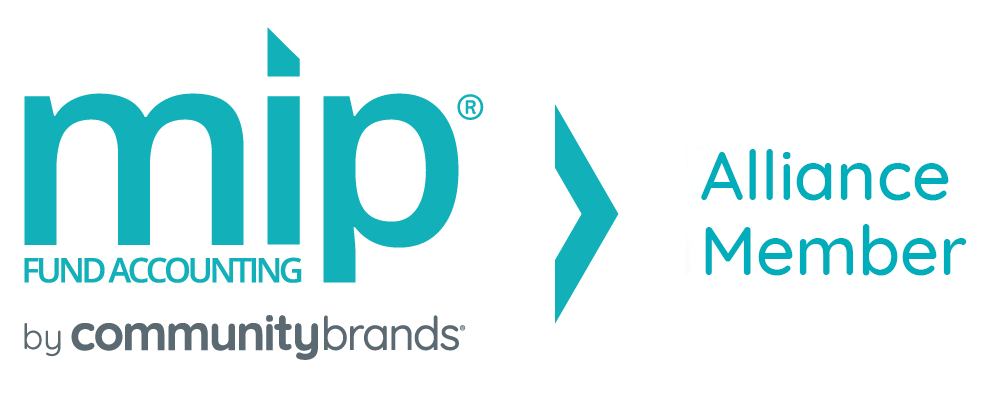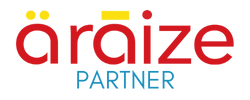
These issues are top of mind for most accounting professionals, but especially for those leading the accounting function at nonprofits. This year appears to bring with it the continuing challenges resulting from the global pandemic as well as updates from FASB accountants need to know.
COVID-19 Issues Impacting Nonprofits
The economic impact of the government’s actions during the global pandemic are still not entirely understood. In March 2020, the government passed the $2 trillion CARES Act, and a year later in March 2021, the $1.9 trillion American Rescue Plan Act. If you’ll recall from previous articles, the CARES Act provided funds for the Paycheck Protection Program which used the Small Business Administration’s lending program to provide forgivable loans of up to $10 million per borrower. Qualifying businesses could spend this money on mortgage payments, payroll, or other business debts to continue operations.
Additionally, the CARES Act benefitted nonprofits directly by raising the limits on charitable deductions for both those who itemize deductions and those who do not. The government also raised the cap on charitable contributions for corporations. These actions were intended to increase cash gifts to nonprofits, strained by sudden increased demand for their services during the pandemic.
The response to the COVID-19 pandemic remains fluid as the situation continues to change. Many nonprofit accountants, however, still have questions about how to account for CARES Act funds, Payroll Protect Action loans, and more.
We’ve put together a list of resources to help you navigate any remaining questions from the pandemic response as they impact your nonprofit accounting.
- IRS – Coronavirus Tax Relief
- AICPA COVID-19 Small Business Resiliency
- AICPA CARES Resources
- SBA Paycheck Protection Program Information
- FASB Response to COVID-19
Remote Auditing
Many nonprofits may still choose remote audits. To facilitate remote audits, incorporate the following best practices into your organization.
- Utilize all available technology to share files with your auditors. This may include secure portals for sharing documents or videoconference. If your accounting and finance system allows for guest logins, you may be able to set up a secure login for your auditors.
- Schedule additional video conferences to confirm supporting documentation. You may also wish to schedule video conferences in advance so that check-in dates are on everyone’s calendars.
- Provide multiple contact methods to keep communication lines open. A secure instant messenger platform may be set up for the audit.
- Build additional time into the auditing schedule to anticipate and accommodate potential delays in communication. Remote workers may be logging into their email at various times, which can lead to longer response times.
- Be vigilant about cybersecurity, especially when sharing financial data.
Other Nonprofit Accounting Concerns
Nonprofits may also have concerns about other aspects of COVID-related accounting.
Cash management issues are at the top of many nonprofit accountants’ minds. Continue to build up operating reserves. Seek cost containment strategies that make sense for your organization.
If internal controls were relaxed during the pandemic, reinstate them when workers return to the office, even if only a handful are back. It’s important to ensure security and good internal controls even during challenging times.
This is also a good time to develop policies around remote work if your organization doesn’t already have them. Many organizations are finding that remote work policies are helping them attract more and better qualified candidates for open positions. A telecommuting alternative is an attractive benefit for many job applicants.
Lastly, be sure to keep your board and other advisors updated on your organization’s financial challenges, opportunities, and threats. Good communication is always essential.
Welter Consulting
Welter Consulting bridges people and technology together for effective solutions for nonprofit organizations. We offer software and services that can help you with your accounting needs. Please contact Welter Consulting at 206-605-3113 for more information.




Recent Comments